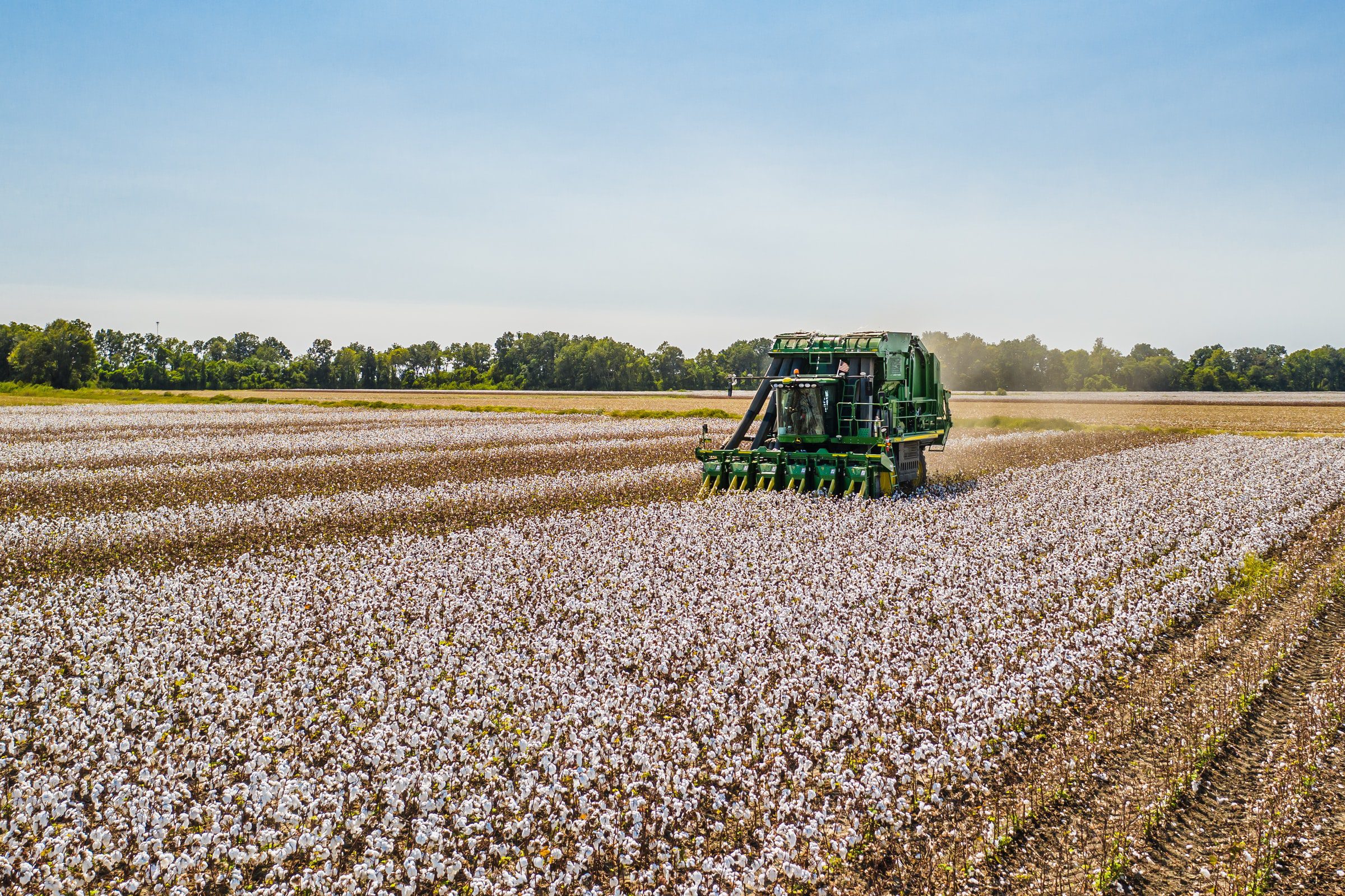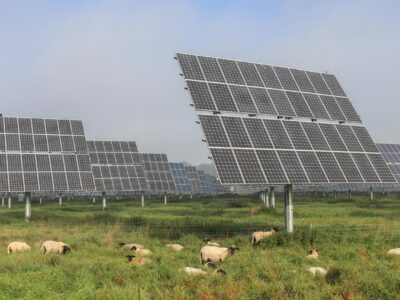In early October, the USDA announced a $146 million investment from the National Institute of Food and Agriculture (NIFA) Sustainable Agricultural Systems program. The investment will give the money to 15 projects based in universities around the country to do research into sustainable and regenerative agriculture systems “aimed at improving a robust, resilient, climate-smart food and agricultural system.”
While initiatives like the Purdue #DiverseCornBelt program and the University of South Dakota wildflower study focus on regions with an abundance of rainfall, an Oklahoma State University study will look into the efficacy of regenerative agriculture in the Great Plains region. The study, sponsored by Texas A&M, received $10 million in funding from the NIFA grants, of which $2.6 million will be awarded to Oklahoma State.
The project will be a multidisciplinary approach to regenerative agriculture in a region where regenerative practices are often ill-suited to the climate. The majority of research on regenerative agriculture has been conducted in regions where 40 to 50 inches of rain are expected annually.
Regions like Oklahoma and Northern Texas receive considerably less rainfall. Texas A&M soil scientist and leader of the project, Katie Lewis says “There’s just so much information that is not suited for our regions. This project is going to result in the optimization of practices for semi-arid regions that will result in profitable and sustainable practices.”
The study will give an all-encompassing view of the impact of regenerative agriculture. “It will require a holistic approach,” says Kevin Wagner, director of the Oklahoma Water Resources Center at Oklahoma State. “Climate, livestock grazing, crop rotation, hydrology, regional economics and more – the systems in regenerative agriculture are just too large, complex and intertwined for a simple solution.”
In particular, the study will look into the carbon sequestration rate of the soil under regenerative practices.
Carbon sequestration, or soil’s ability to remove carbon dioxide from the atmosphere, is a sign of resilient soil and ultimately leads to more productive and profitable farms. It’s also responsible for burgeoning markets like the carbon credits industry, which works to help organizations offset their carbon footprint by buying credits for sequestered carbon, leading to a more environmentally conscious industry.
The study also looks into the ways that regenerative practices improve water use efficiency. While water use is a key part of any farm, it is especially crucial for low-precipitation regions like Oklahoma and Texas where droughts are not uncommon. The region had its most severe drought in recent years in 2011, causing $2 billion worth of agricultural damage in Oklahoma alone. The agriculture industry in Oklahoma uses 242 billion gallons per year, which makes up 41% of the state’s total water use. By 2060, that number is projected to rise to 293 billion gallons per year, the equivalent of 900,000 acre-feet of farmland. The research project hopes to protect the watersheds across the Great Plains region that are the lifeline for farmers. Wagner says that “With better ground cover and soil management, we hope to confirm with this research that there will be less water running off and that the runoff will be cleaner.”
The study will be a welcome source of information for regions where traditional regenerative agriculture practices are less effective. However, researchers like Lewis stress that it is not just a research project. With the information gathered from the study, they will create a Soil Stewardship program that helps farmers improve their farming systems as well as teach classes for both undergraduate and graduate students. Most importantly, however, it will be used to promote the growth of a more sustainable agricultural system across the US.





